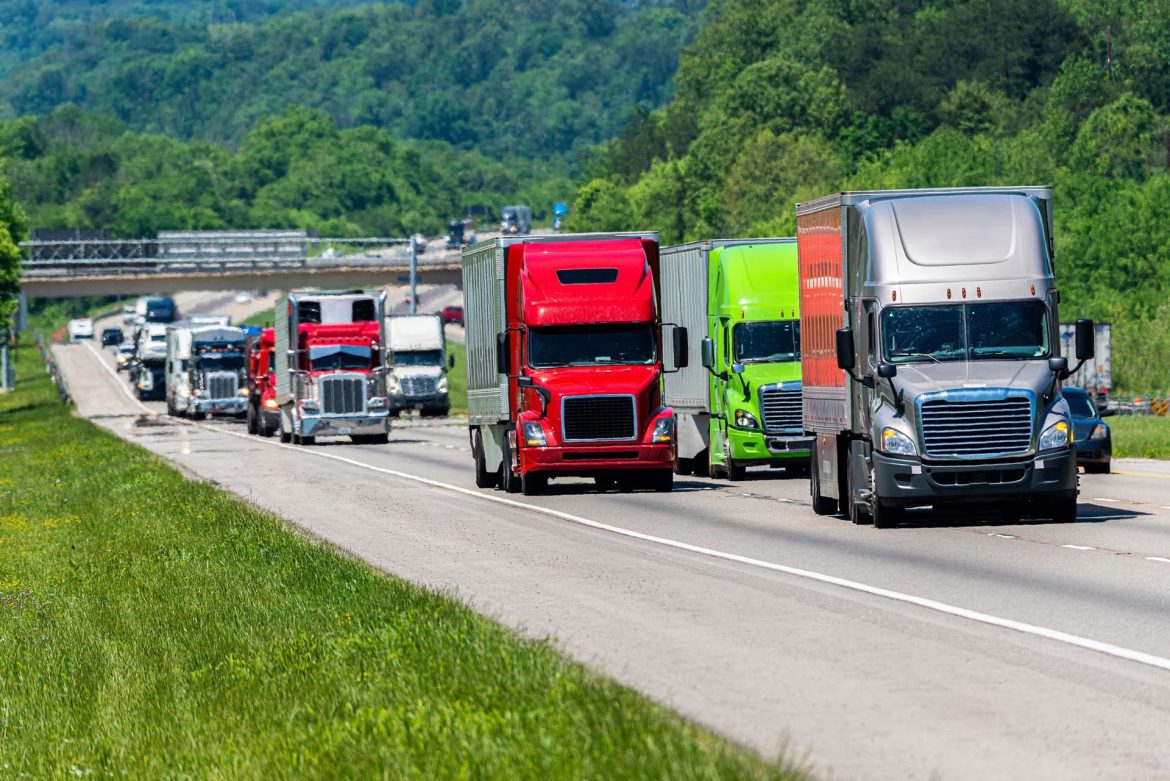Customers purchasing a new battery-electric or fuel-cell heavy-duty truck could qualify for a tax credit of as much as $40,000 under a new federal program that was part of the Inflation Reduction Act (IRA). The IRA tax credit makes owning an electric truck cheaper than owning a diesel one in most cases, with urban and regional electric trucks becoming cost-superior to diesel models as soon as this year.
The law also provides credits for installing alternative fuel infrastructure as well as a $7,500 tax credit for anyone purchasing a new electric vehicle (EV) under 14,000 pounds. The tax credits are equal to or less of the following amounts:
- Fifteen percent of the vehicle purchase price for plug-in hybrid EVs.
- Thirty percent of the vehicle purchase price for EVs and fuel cell EVs.
- The incremental cost of the vehicle compared to an equivalent internal combustion engine vehicle.
One important exception to qualify for the tax credit is the “final assembly” requirement mandated in the IRA legislation. Clean vehicles that were purchased after August 15, 2022, must have had their final assembly in North America to meet the eligibility criteria.
These tax credits, however, cannot be combined with the Clean Vehicle Tax credit which can be used to purchase EVs and fuel cell vehicles up to 14,000 pounds.
Also available in 2023 is an IRS tax credit for installing fueling equipment for hydrogen, electricity, E85, and diesel fuel blends containing a minimum of 20% biodiesel, natural gas, or propane.
A tax credit of 30% of the cost of the equipment and 6% for the property (subject to depreciation and not to exceed $100,000) will be available, although permitting and inspection fees are not covered.
Another element of the legislation is that eligible fueling equipment must be installed in regions where, according to the 2020 census, the poverty rate is at least 20%, or the family income is less than 80% of the state median family income level.
In addition, any work done on charging infrastructure must meet apprenticeships and prevailing wage requirements. Consumers who purchase qualified residential fueling equipment this year can also receive a tax credit of up to $1,000.


